What you need to know about ‘ghost guns’ Biden wants to regulate
Biden aims to close loopholes in the production of untraceable firearms with kits and 3D printing after mass shootings.
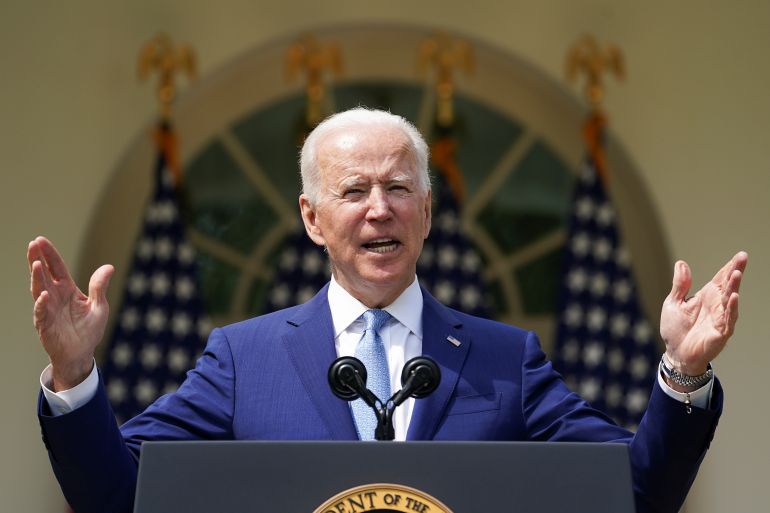
US President Joe Biden has issued actions aimed at regulating “ghost guns” – weapons that can be produced without serial numbers and other identifiers making their tracking difficult – seen as a growing threat by US law enforcement and watchdog groups.
Ghost guns can be produced in various ways, including “gun kits” and 3D printing. A kit consists of a collection of parts – typically referred to as “80 percent gun kits” – such as the barrel, trigger, spring sets and other necessary components.
Keep reading
list of 3 items‘Enough prayers’: Biden says time for action on US gun control
Former NFL player fatally shoots five in South Carolina
After the kit arrives, the owner is expected to complete the gun by machining components and assembling the firearm.
They are not classified as firearms when sold due to what Attorney General Merrick Garland called a “regulatory loophole” at Thursday’s announcement of the measures.
Ghost guns can also be made through a combination of parts produced through 3D printing, and machining of other parts such as barrels.
One of the most infamous uses of a ghost gun came in June 2020, when Steven Carrillo, who was allegedly linked to the Boogaloo movement, used a homemade weapon to allegedly kill two law enforcement officers and attempted to kill four other policemen and a civilian in California.
The Biden administration has ordered the Justice Department to issue a rule to limit ghost gun proliferation within 30 days by closing that loophole, Garland said. Biden’s moves target the “proliferation” of ghost guns.
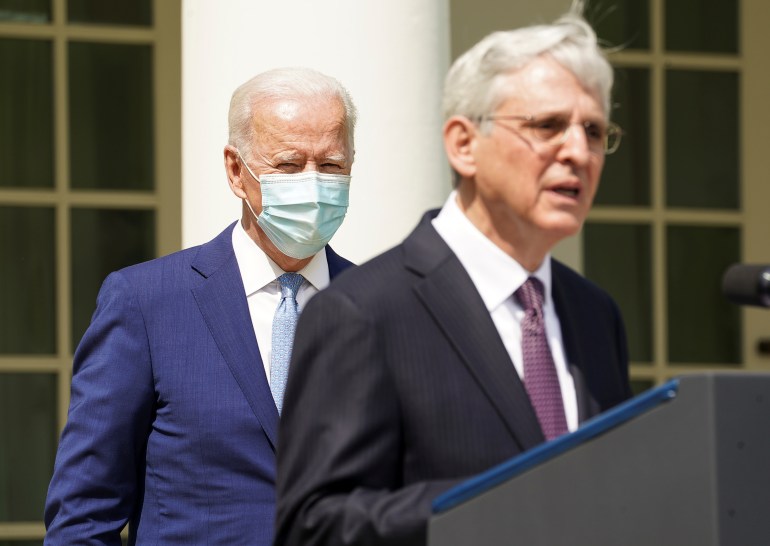
The Brady: United Against Gun Violence nonprofit applauded the measures in a statement sent to Al Jazeera.
“President Biden’s actions will address gun violence and its many forms, from mass shootings to community violence”, the group said. “From taking action to stop untraceable ‘ghost guns’ to investment in community violence interventions, these actions target the many facets of gun violence and address this crisis as a public health epidemic.”
Long waits, litigation ahead
While gun control advocates applaud the measures, they still face an uphill battle.
Cody Wilson, the founder and spokesperson for Defense Distributed and Ghost Gunner, organisations aimed at making 3D printing firearms and completing 80 percent gun kits more accessible, told Al Jazeera Biden’s rules may never be codified.
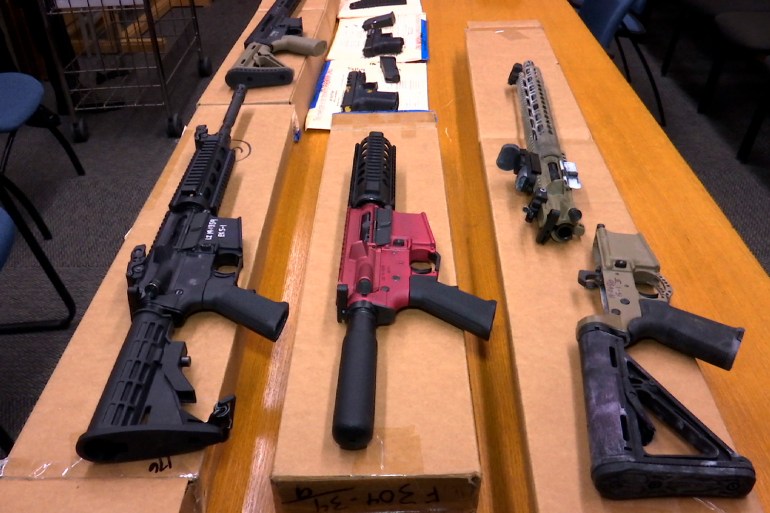
Biden will also direct the Justice Department to issue a rule to “make clear when a device marketed as a stabilizing brace effectively turns a pistol into a short-barreled rifle subject to the requirements of the National Firearms Act”, the statement said.
These products turn AR-15-style pistols into what appears to be a rifle by adding a brace that resembles a stock and a shorter barrel.
The alleged gunman in the Boulder mass shooting, which killed 10 people, used such a stabiliser.
Biden’s orders ask the Justice Department to propose rules on ghost guns within 30 days, and the rule on stabilisers within 60 days.
But the rulemaking process “often gets hamstrung for a long time”, Wilson said.
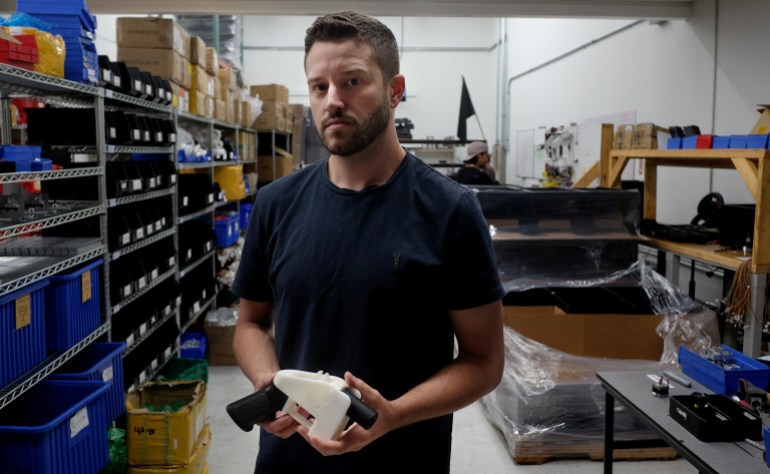
When the Justice Department proposes a new rule, it goes through the Administrative Procedure Act, requiring a public commenting period before it is entered into the Federal Register, which makes it a final rule.
These periods leave rules open to legal challenges and pressure from lawmakers.
The Bureau of Alcohol, Tobacco and Firearms proposed a similar rule to regulate pistol stabilisers last year, but it was withdrawn in December 2020, under pressure from then-Senate Majority Leader Mitch McConnell and the National Rifle Association, among others.
JUST IN: The ATF withdrew its guidance on pistol stabilizing braces.
Thank you to all @NRA members, gun owners, pro-2A members of Congress, @SenateMajLdr McConnell, @RepRichHudson, and all who helped strike down the @ATFHQ’s unsuccessful overreach.
— NRA (@NRA) December 24, 2020
The public comment periods also allows time for lawsuits. Defense Distributed has sued federal agencies during this period, and Wilson expects “some group of plaintiffs is going to try to take it to court”.
Wilson said the new push to classify 80 percent kits as firearms under regulatory frameworks could cause the kits from going to market, but this “actually helps Ghost Gunner and other techniques gain market share”.
Uncertain regulatory territory
Biden’s orders face the murky regulatory waters surrounding 3D-printed guns.
Federal law currently allows for the unlicensed 3D printing of guns, as long as there are metal parts used.
Some states have enacted further legislation, such as California, which requires a serial number on all firearms regardless of their means of production, and New Jersey, which requires a federal manufacturing license before printing.
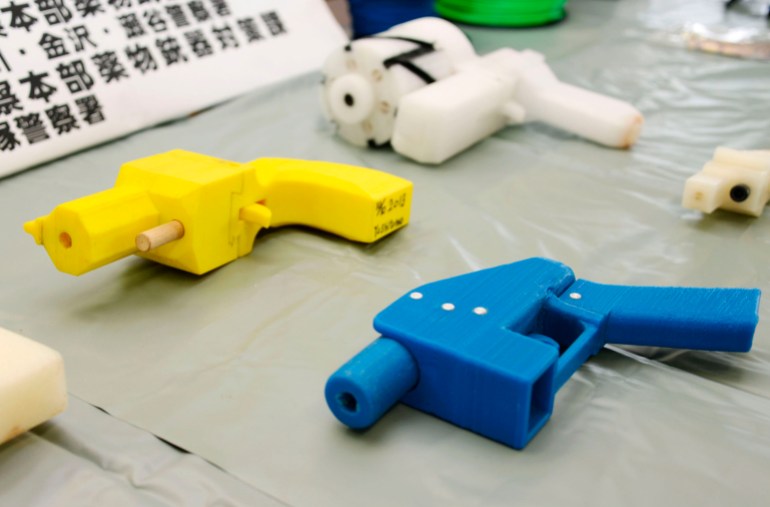
Sharing plans for 3D printing guns are still technically legal, thanks in part to Defense Distributed lawsuits.
Some have said the concern over 3D-printed firearms is overblown. Fully plastic weapons are possible to produce, but “you’re talking about equipment that is in the $10k and in some cases the $100k range,” Pete Basiliere, founder of Monadnock Insights, which provides research-based insights on 3D printing, told Al Jazeera.
Basiliere cautioned that regulations targeting 3D printing of weapons should consider history: “People have been manufacturing weapons at home and in their shops forever, as long as we’ve had weapons”.
It’s important to not “focus on 3D printers as the bad guys,” Basiliere concluded.